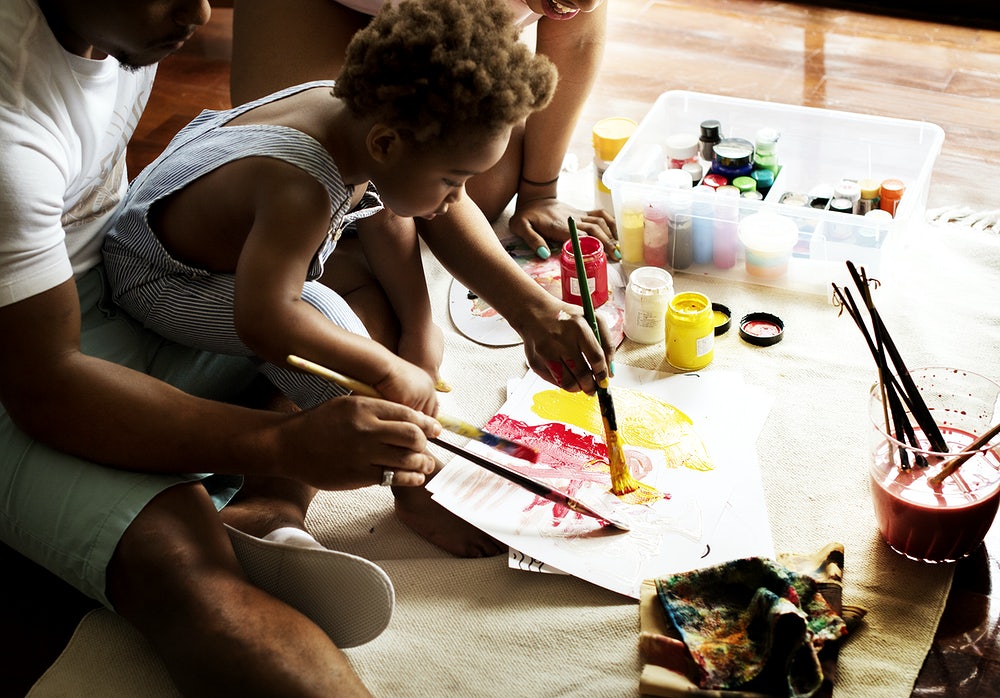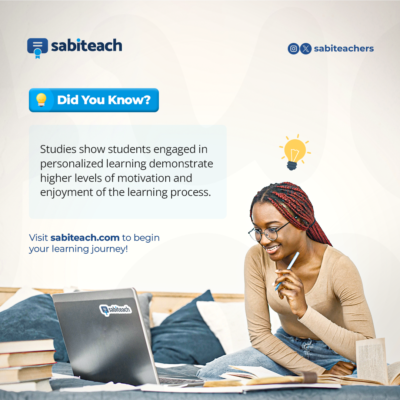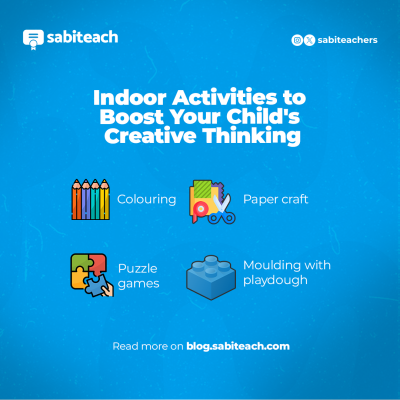Two sides of a coin?
Creativity is the act of turning imaginative ideas into reality. It is the ability to turn the hidden and even the obscure things into brilliant results. Learning, on the other hand, is the acquisition of knowledge or skills through study or experience. Although the act of learning is active in humans, studies have shown that animals, machines, and even some plants learn too.
Learning requires thinking so does creativity. It is the enquiry into how your ideas can become productive that propels creativity in us. It is important to note that creativity should be aimed at solving problems. This is why some scholars have argued that addressing problems can only be done when learning has taken place. To simply put it, it is only a mind that “knows” that can “do”.
The importance of creativity in learning:
The process of learning for every child is uniquely different. For some students, it’s easier to learn things by abbreviating them, for some, they assimilate better when the lesson being taught relates to artistic expressions such as singing, writing, drawing, painting and so on.
Parents must understand how to make learning easier for their children through creativity. Although the Nigerian educational system has not been tailored to effectively adopt creativity in learning, tutors must understand that there is a need to adopt the right method to improve cognition and increased attention span in a learning space.
Creativity means envisioning things. We can only say education has truly taken place when knowledge can be applied to real-life scenarios. The basis of thinking about a picture in one’s head and creating that same picture is only achieved by merging creativity with learning.
Adopting creativity with learning is as good as teaching a student an essential life skill. A skill that involves making the best out of whatever situation on the ground and coming out with amazing results. It teaches students how to manoeuvre whatever situations they find themselves in. As I said earlier, for some, creativity comes naturally while for some others, it has to be learnt.
Ways to be creative with education:
1. By incorporating practicals, projects and experiments.
Research has shown that the practical aspect of things is as important as the theoretical aspects of learning. Tutors should make a habit of teaching students the practical aspect of things. After all, of what use is education when the knowledge cannot be applied practically? When students are exposed to the practical and theoretical aspect of learning, they understand how and why things happen. Teachers and tutors must also ensure that the assignments and projects that are given to learners also allows them to apply their creativity, mirroring the lessons given in class.
2. Interactive Question and answer sessions.
There is a science to the act of questioning. Tutors must make their classes as interactive as possible while teaching. An engaging class stimulates critical thinking, as well as creativity. For instance, studies have shown a higher participation rate in mathematics class sessions because the teacher incorporated an interactive word-problem class. The interactive question and answer session is a useful tool in assessing students’ assimilation and participation.
3. Incorporating technology.
There is no doubt that technology is a major characteristic of 21st-century education. Digital learning not only enables creativity but, it strengthens it. Technology supports interaction, and interaction itself promotes learning. Technology has made tools for brainstorming, infographics, digital storytelling, and presentation available. Simply put, technology has provided the means for creativity to thrive.
4. Decision making and mental consciousness.
Having effective decision-making skills should be taught to young minds. The ability to make effective decisions fosters creativity. This is very important in making decisions concerning disciplines or career paths for the future. Creativity allows students and young minds to fully appraise and understand problems. It also aids in sifting through several ideas to consider the most useful or suitable.
5. Organising Creative competitions.
Art or science competitions should be organized to develop creative skills. These competitions have 2 major importance. Firstly, the competitions help motivate observers (including students). Secondly, some competitions help expose students to their future career path at a very tender age. Some other times, the innovation and creativity of a student could expose him to big firms and companies.
Finally, merging creativity and learning will result in greater coherence in different levels of education. Although, incorporating creativity into the traditional schooling system is somewhat controversial. However, the transformation is essential to the education system. Also, we should bear in mind that true creativity prepares students for a life beyond the classroom and their syllabus. Therefore, our education system must, in every way, prepare students for the reality of life.





1 Comment